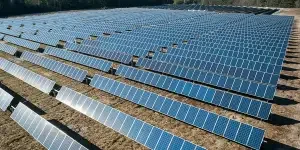Battery technologies have come a long way and have seen recent advancements in energy density and power density. There has been a considerable increase in the demand for lithium-ion (Li-ion) batteries, particularly the lithium-nickel-manganese-cobalt (Li-NMC) and lithium ferro-phosphate (LFP) chemistries.
In this article, we’ll go over the difference between NMC and LFP batteries, analyze the prospects of the global NMC lithium-ion market, and explore the key factors retailers should consider when selecting NMC batteries to add to their inventories.
Table of Contents
The difference between NMC and LFP batteries
Overview of the global NMC lithium-ion battery market
7 factors to consider when selecting an NMC battery
Add the right NMC batteries to your inventory
The difference between NMC and LFP batteries

NMC and LFP are two of the more commonly used lithium-ion chemistries. While they may seem similar on the surface because they both have lithium in them, there are key differences that are worth exploring when making a decision on which to invest in.
As the names suggest, NMC batteries use a cathode combination of nickel, manganese, and cobalt, while LFP batteries use iron-based cathodes. Thus, each battery type has its own set of unique advantages and limitations.
The key difference is that NMC batteries have a higher energy density than LFP batteries, which means that they are able to store more energy in a smaller and lighter package. As a result, NMC batteries are used in various applications where compactness and lightness are prioritized, such as electric vehicles (EVs) and consumer electronics.
In terms of safety, however, LFP batteries have the reputation of offering superior safety and thermal stability compared to NMC batteries. While generally safe, NMC batteries are not as thermally stable as their LFP counterparts, but this can be counteracted by the appropriate thermal management systems that help to prevent overheating and ensure safety.
Overview of the global NMC lithium-ion battery market
According to a report by Research and Markets, the global NMC lithium-ion battery market is projected to see significant expansion over the 2022–2030 forecast period. It will grow at an expected compound annual growth rate (CAGR) of 22.8% to reach a market value of USD 14.9 billion by 2030.
Driving this market growth is rising demand across the globe for NMC battery applications in electronic devices, electric cars, and medical devices. The high energy density, power density, and cost-effectiveness of NMC batteries make them ideal for these applications. The increased adoption of renewable energy sources has also made NMC batteries popular for energy storage systems.
In terms of regional segmentation, Asia-Pacific is predicted to be the largest market for lithium-ion batteries, as the region is seeing growing demand for EVs, ongoing government support for renewable energy solutions, and increased production of Li-ion batteries.
7 factors to consider when selecting an NMC battery
Now that we have an idea of what NMC batteries are and their market prospects over the coming years, let’s delve into what you need to consider when selecting this type of battery over other ones available on the market.
1. Capacity
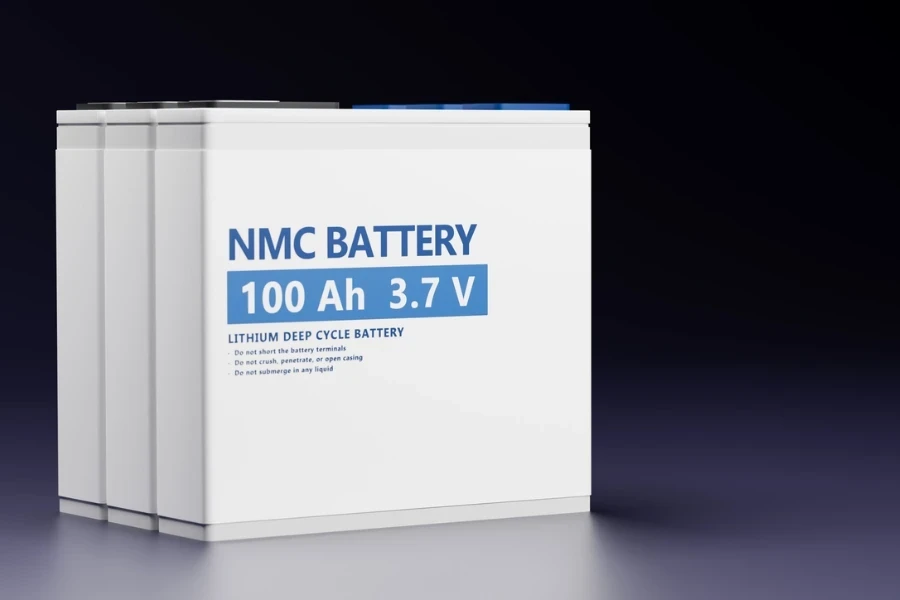
As the primary function of batteries is to store chemical energy and convert it into electrical energy, knowing the capacity of a battery is highly important in the selection process.
The rated capacity of a NMC battery refers to the stipulated amount of electricity that the battery is able to release under certain discharge conditions. The actual capacity refers to the actual amount of electricity the battery releases under certain discharge conditions. Factors such as discharge rate and temperature will affect this.
Battery capacity is measured in ampere-hours (Ah). It is important for buyers to be aware of the battery capacity to ensure an efficient and reliable power supply for the target customer’s usage requirements.
2. Voltage
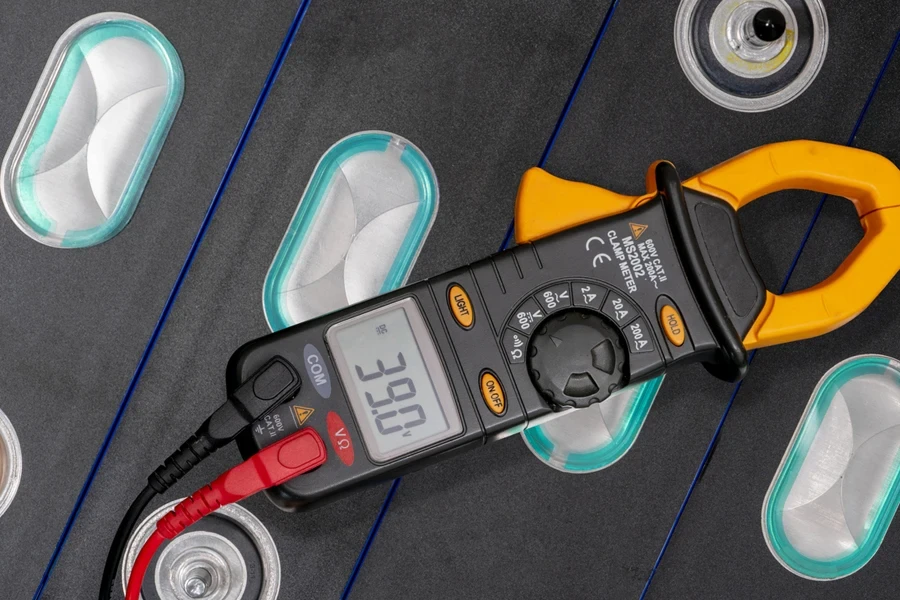
Beyond capacity, it is also important to check the voltage of the NMC battery. Selecting a battery that does not have the right voltage runs the risk of damaging the devices or causing them to malfunction.
Li-ion NMC batteries typically have a nominal voltage range that is between 3.5 and 3.7 volts per cell. Thus, buyers should ensure that the voltage of the batteries is compatible with the devices that the batteries are intended for or marketed to power.
3. Size and weight
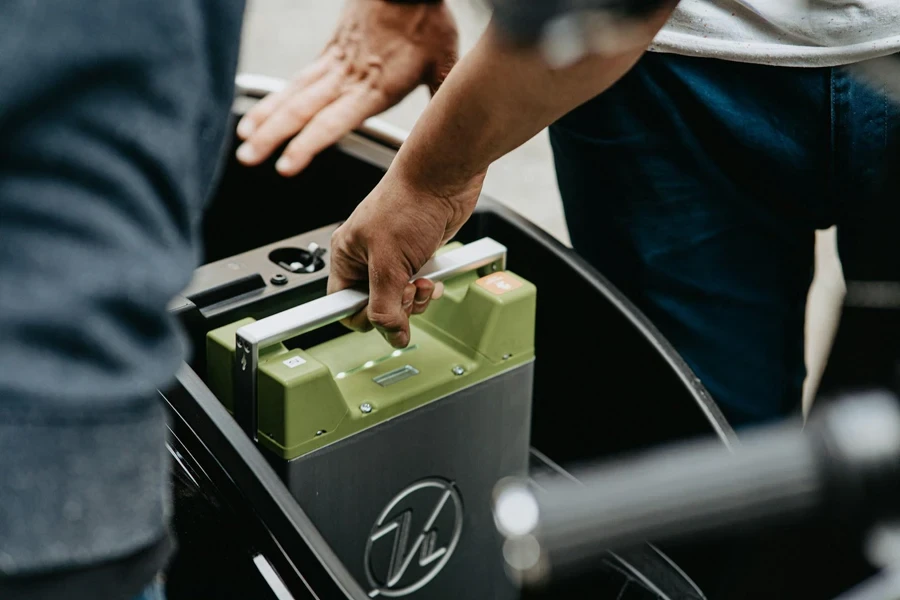
As mentioned before, NMC batteries have a higher energy density compared to LFP batteries, thus allowing for more compact and lightweight designs. This should be factored into consideration when deciding which battery is chosen, as the size and weight of batteries affect the portability of the devices they are applied to.
Opting for batteries that are more compact and easier to carry significantly impacts the different devices’ usability.
4. Maximum charge and discharge current
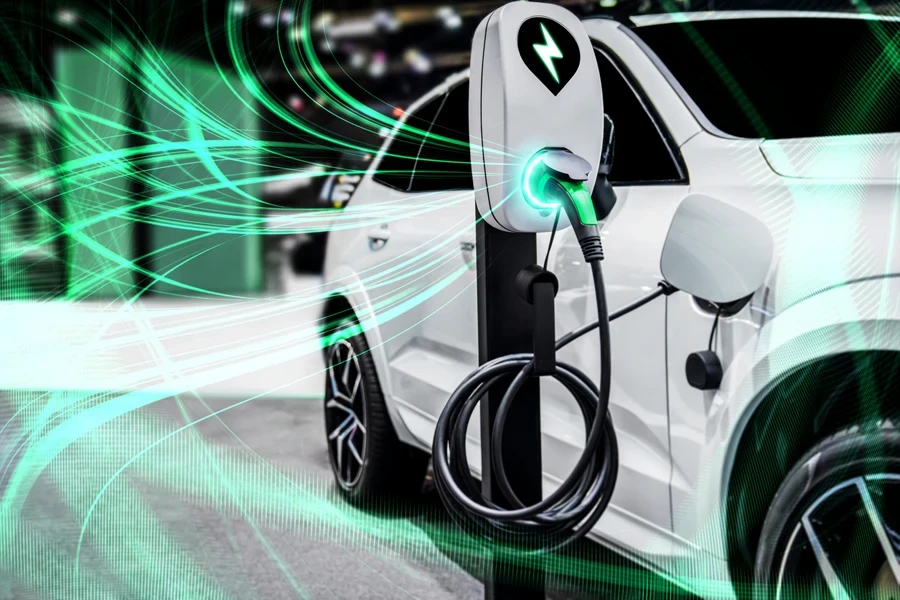
The maximum charge and discharge current of the NMC battery affect the amount of time it takes to charge the battery. To ensure the battery operates efficiently with the device’s load, it is important to choose batteries that have the appropriate maximum charge and discharge current.
Not doing this could result in slower charging times as well as damage to the devices the batteries are being used with.
5. Cell cycle life
Another key factor to consider when selecting an NMC battery is the cell cycle life. The cycle life of the battery’s cells refers to the number of charge and discharge cycles that a battery is able to complete before it loses its performance.
Batteries that have a long life cycle are able to deliver power over extended periods of time, meaning that there will be fewer replacements required. Therefore, it is important to make this consideration as it impacts long-term use.
6. Safety
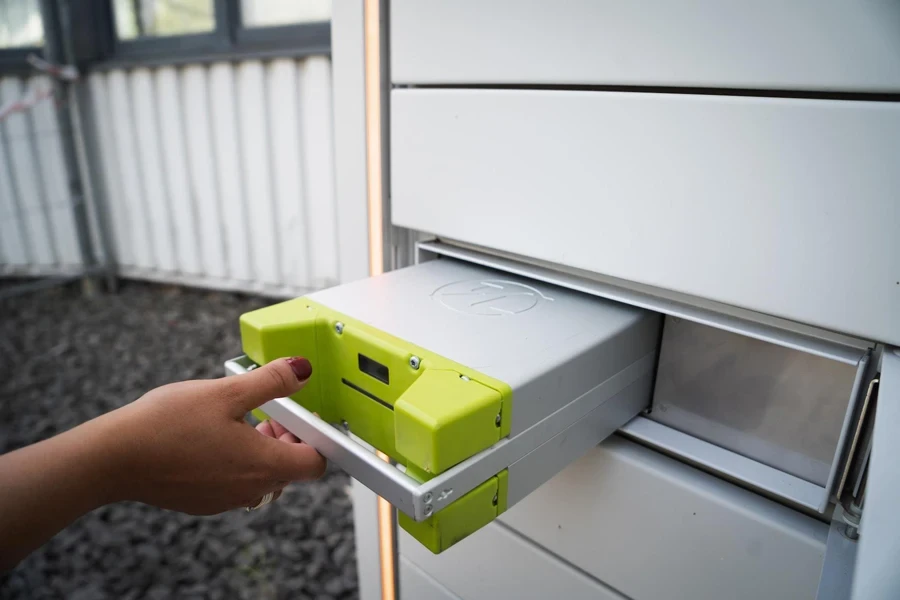
When it comes to lithium batteries, safety should be a top priority. Because they may present a fire or explosion hazard when they fail to operate safely or are damaged, it is important to select batteries that have undergone rigorous testing and are compliant with safety standards.
While LFP batteries are considered safer due to their thermal stability, NMC batteries with proper thermal management systems can prevent the safety risks of high temperatures and overheating to ensure safe operation.
7. Environmental impact
It is worth noting that unlike LFP batteries that use non-toxic and readily available raw materials, NMC batteries, particularly the ones with cobalt, pose some environmental and ethical challenges due to unsustainable practices in cobalt mining.
That said, research is currently being conducted around the development of cobalt-free NMC battery variants, which will help to address these concerns over the coming years.
Add the right NMC batteries to your inventory
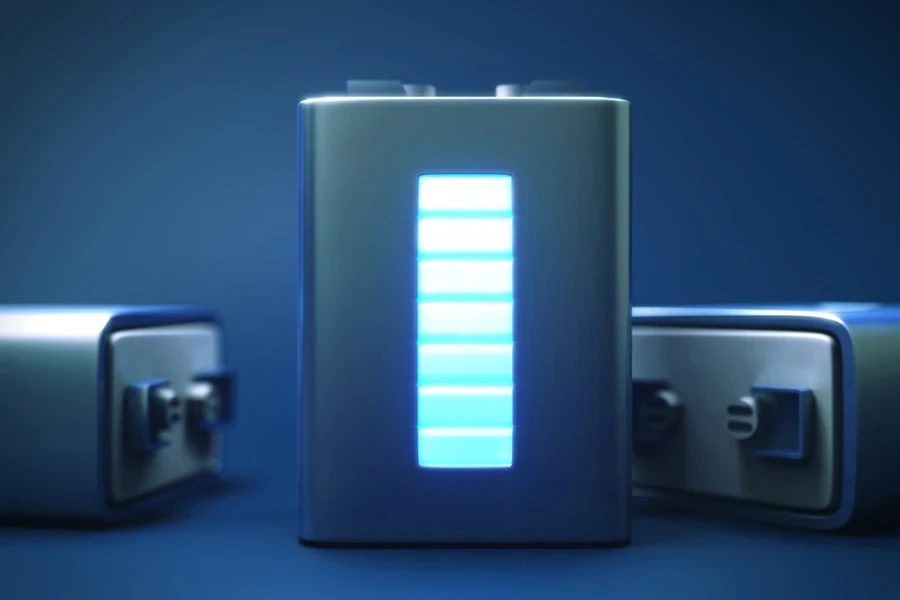
NMC batteries are here to stay, and as market projections show, they are going to gain more market share as a lithium-ion battery segment. Their merits of higher energy and power density make them the preferred option for application in electric vehicles and consumer electronics.
So if you’re looking to source NMC batteries to add to your inventory, take time to consider the capacity, voltage, maximum charge and discharge current, cell cycle life, and safety of the batteries. For an extensive range of NMC battery models to choose from, visit Alibaba.com and explore the wide directory of suppliers and product options.


